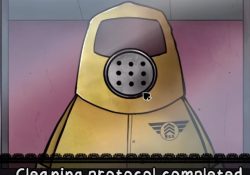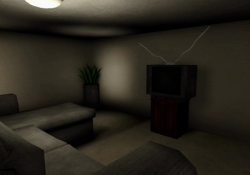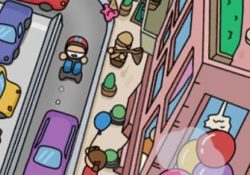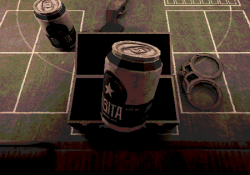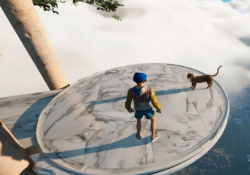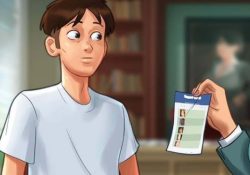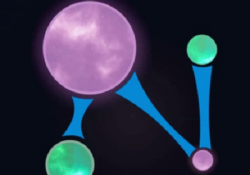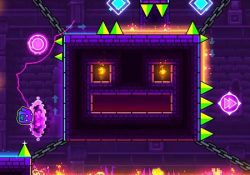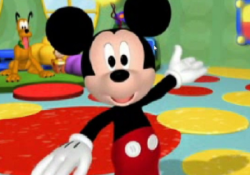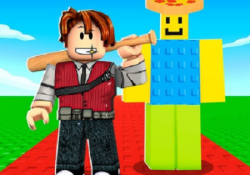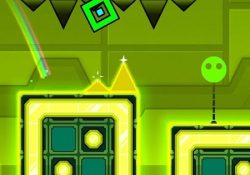Nagaisan places the player in a quiet neighborhood where something doesn’t feel right. You play as someone retracing the path of an old memory—searching for a lost dog—and soon realize that the world around you is changing in subtle ways. The streets are empty, yet the feeling of being observed never leaves. The story unfolds not through dialogue or action, but through atmosphere and careful observation.
No Rush, Only Tension
The experience is built around slow-paced exploration. There are no goals displayed on the screen, no missions to follow. Instead, the environment guides you forward. Objects placed along the way begin to hint at something deeper—a presence that grows more noticeable as you walk. It’s a game that relies on patience and attention, asking you to notice changes in light, movement, or layout rather than relying on jump scares.
Elements That Shape the Game:
- First-person movement through residential areas
- Interactions with simple objects that reveal memories
- Gradual narrative progression through exploration
- A calm, quiet tone with underlying tension
- Playthrough time of about 30 to 40 minutes
A Story Told in Silence
Nagaisan avoids telling you what’s going on directly. Instead, it allows you to piece things together from environmental clues and recurring images. What at first feels like nostalgia becomes something stranger as familiar places shift and change. The world mirrors the protagonist’s memory—fragmented, looping, and sometimes unclear. This structure turns the experience into a personal journey rather than a linear story.
Simple in Design, Lasting in Mood
Though the game is short, it leaves a strong impression. Its strength lies in how it builds unease without dramatic events. The fear comes not from what jumps out, but from what quietly stays in the background. By the end, the player has walked through a physical space, and through a memory that feels both personal and shared. Nagaisan invites players to slow down, observe, and feel the weight of things left unsaid.



